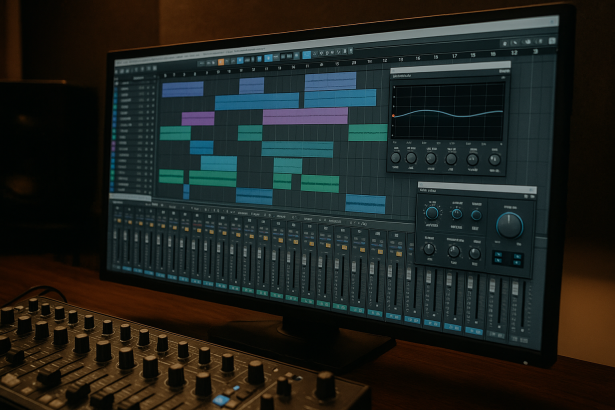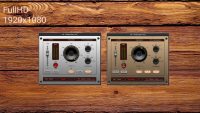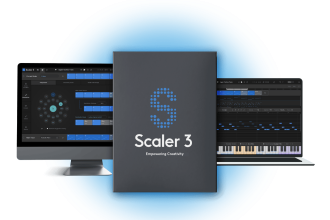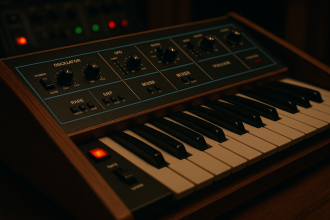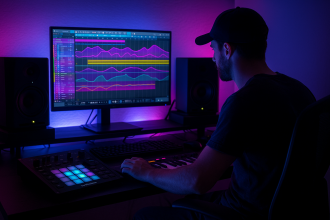Mixing your tracks effectively can make a significant difference in how professional your final product sounds. Here are 10 simple yet impactful tips to enhance your mixes on any DAW.
1. Start with Proper Gain Staging
Proper gain staging ensures that your levels are balanced right from the start.
- Keep Headroom: Aim for levels around -6 dB on individual tracks to avoid clipping.
- Normalize Inputs: Consistently set input levels before adding effects.
- Check Peaks: Use meters to monitor for unexpected volume spikes.
2. Use High-Pass Filters to Clean Up the Low End
Unwanted low frequencies can muddy your mix.
- Apply to Non-Bass Elements: Guitars, vocals, and synths often benefit from a high-pass filter around 80-100 Hz.
- Avoid Overdoing It: Be cautious not to thin out your sound too much.
3. Panning for Space
Panning helps distribute sound across the stereo field, making your mix feel wider.
- Center Important Elements: Keep vocals, bass, and kick drum in the center.
- Pan Supporting Elements: Guitars, synths, and backing vocals can be panned left or right.
- Balance Symmetrically: Avoid panning everything to one side.
4. Use EQ to Carve Space
EQ helps separate instruments by reducing frequency clashes.
- Cut Before Boosting: Remove unnecessary frequencies before adding more.
- Focus on Key Frequencies: Identify problem areas, such as muddiness around 250 Hz.
- Use Narrow Cuts: Wide boosts can make your mix sound unnatural.
5. Apply Subtle Compression
Compression tames dynamics and adds consistency.
- Slow Attack, Fast Release: Preserves transients while controlling volume.
- Use Parallel Compression: Blend a compressed version with the dry signal.
- Don’t Overcompress: Maintain natural dynamics to avoid a squashed sound.
6. Add Depth with Reverb and Delay
Effects add dimension and ambience to your tracks.
- Short Reverb for Drums: Gives a tight, punchy feel.
- Long Reverb for Vocals: Creates space and depth.
- Delay for Movement: Subtle slapback or ping-pong delay can add rhythmic interest.
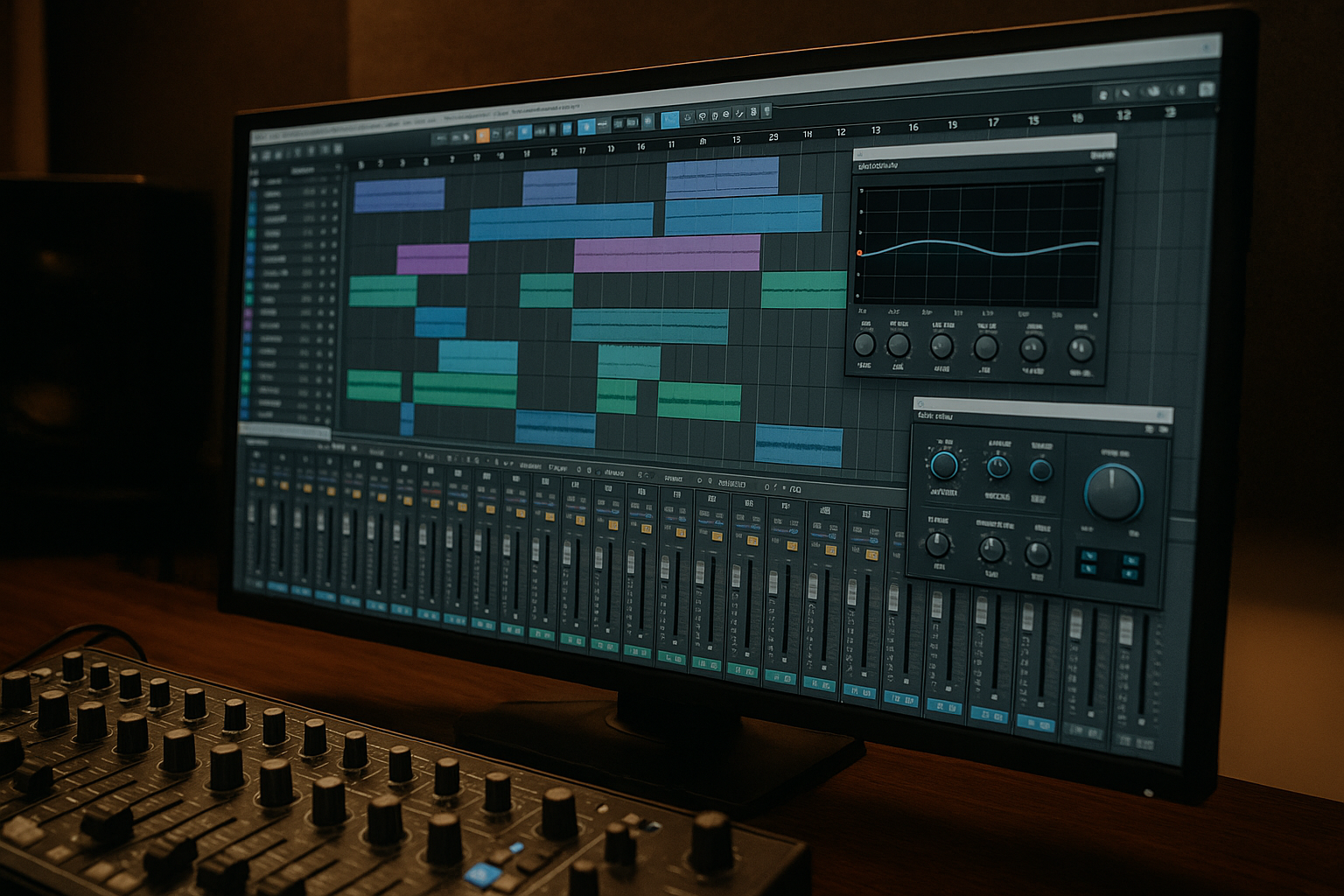
7. Automate Volume and Effects
Automation brings movement and variation to your mix.
- Volume Rides: Adjust vocal levels dynamically for consistency.
- Effect Changes: Automate reverb or delay for choruses versus verses.
- Fade Outs: Use automation for smooth song endings.
8. Reference Your Mix
Compare your track to professional mixes to maintain perspective.
- Match Levels: Ensure your mix is at a similar volume for a fair comparison.
- Identify Weak Points: Listen critically for balance, clarity, and depth.
9. Mix at Low Volumes
Low-volume mixing helps reveal balance issues that louder playback can mask.
- Check Clarity: Can you hear every element clearly at low volumes?
- Prevent Fatigue: Reduces ear strain during long sessions.
10. Use a Spectrum Analyzer
Visual feedback can help you spot problematic frequencies.
- Identify Peaks: See if any frequency range is dominating.
- Balance Low and High Ends: Ensure there’s no excessive bass or harsh treble.
Final Thoughts
Improving your mixes on a DAW takes practice, but implementing these simple tips can help you achieve more professional and polished results. Remember to experiment and trust your ears while keeping these foundational techniques in mind.
![]()

